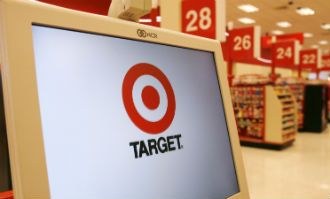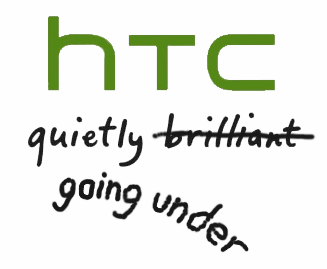 VMware has given up trying to wait for its partners to help it become an important name in the cloud space and has decided to do it itself.
VMware has given up trying to wait for its partners to help it become an important name in the cloud space and has decided to do it itself.
Yesterday the outfit unveiled vCloud Hybrid Service to investors. Well we say unveiled we really mean that it told the world that was intending to set up a public cloud service. But it caught everyone on the hop because it was only a couple of months ago that VMware’s Pat Gelsinger sounded so dead set against the public cloud.
Speaking at the VMware’s Partner Exchange Conference in Las Vegas, Gelsinger said that VMware needed to own the corporate workload. He said that the company would lose if they end up in commodity public clouds.
With comments like that to suddenly come out and launch your own public cloud seems a little silly. However what Gelsinger appeared to be saying was that he did not want corporate data on other people’s public clouds.
“We want to extend our franchise from the private cloud into the public cloud and uniquely enable our customers with the benefits of both. Own the corporate workload now and forever.”
But Gelsinger’s plans might be a little tricky to pull off.
When it comes to public cloud there is a lot of top notch competition including Amazon, IBM, and HP who don’t take too kindly to strangers in the market. To make matters worse VMware’s offering will not be around until at least the second quarter.
VMware has chucked a bit of money trying to get the idea of the ground. Former Savvis Cloud president, Bill Fathers, will run the vCloud and has said that the idea will get a level of investment appropriate to that priority and to capitalize on a $14 billion market opportunity.
One of the crucial differences about what VMware is offering is that it is the service “hybrid” so that enterprises should see it as part of the VMware’s packages. The software which the vCloud is based on is called Director. It uses an IaaS environment and lets workloads become managed either in the cloud or in the office in the same way.
But all this is being set up because VMware could not interest its partners in building something similar. VMware had a crack at offering similar products through its ISP partners. But these were a little spooked that vCloud implementation would commodise their products. There were mutterings from ISPs who did not want to pay VMware licensing costs when they had cheaper open source alternatives.
VMware has a job on its hands to prove to VMware Certified Professionals that the public cloud is an extension of the data centre while at the same time convincing them that there are some advantages over the “non-cloud” environments they use now.
The public cloud will be aimed at its existing customer base and sold through its existing VAR and SI channel.
However most of VMware’s channel partners don’t have the skills to help their I&O clients transition from static virtualisation to cloud. So somehow VMware is going to have to give its channel the consulting skills and hope they can bluster their way through conversations where real cloud is needed.
Either way the company has a long way to go before it can sit comfortably among other cloud players. It might just pull it off, but it will take a bit of time and a lot of luck.
 Cloud based email security outfit Raxton Data, has rebranded itself after what it calls “an exceptional year”.
Cloud based email security outfit Raxton Data, has rebranded itself after what it calls “an exceptional year”.


















